I Googled the observance day and found that it's a month for celebrating everything plaid. That’s about it. Not much to write a blog about.
But then I remembered when I was in Scotland, a guide told us the Clan plaids were really the product of the 19th mercantile industry; an advertising ploy. What a buzz kill. I assumed most people don’t know that, so I suddenly had something to write about. Something short and sweet.
Never gonna happen! Digging up the origins of traditions and languages is never short and sweet. And never believe what a tour guide tells you.
IF YOU’RE SCOTTISH …
“Plaid” Means A Blanket
Let’s be clear about what I’m talking about. In North America we often – mistakenly, according to some -- use the term plaid to mean tartan. The word plaid -- derived from the Scottish Gaelic word plaide, which means blanket – is a tartan cloth worn over the shoulder as a kilt accessory or a plain blanket such as one would put on a bed.
Wearing the Plaide
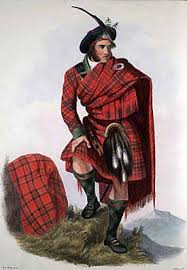
According to Danny Lewis, https://www.smithsonianmag.com/, the word “Plaid only replaced tartan once the patterns became popular with British and American textile manufacturers who would recreate fabrics resembling tartans, but without centuries of symbolic meaning embedded in their clothing.”
“Tartan” Means A Weaving Pattern
The word tartan means a woven fabric made of criss-crossed horizontal and vertical bands in multiple colors; alternating bands pre-dyed threads woven with warp and weft at right angles to each other. This creates a distinctive pattern of squares called a sett.
EARLIEST ORIGINS
Even though evidence of the Celtic tartan dates back to the 3th century, the oldest example of a tartan fabric goes back at least 3,000 years. It was found buried with the remains of “Cherchen Man,” a 6 foot tall mummy of Caucasian descent found in Turkestan in the western Chinese desert. The man was found buried wearing a red twill tunic and tartan leggings, the earliest example of tartan ever discovered.
The earliest documented tartan in Britain, known as the "Falkirk" tartan, dates from the 3rd century AD. It was uncovered at Falkirk, Scotland, near the Antonine Wall. The fragment of tartan cloth was stuffed into an earthenware pot containing almost 2,000 Roman coins.
So this pattern of weaving has existed in Scotland since the third century, and I assume it was used, along with others, through the centuries. The original goat-like sheep of ancient Scotland provided the fibers from which wool fabrics were made. The sheep were black, brown, or white. Thus, the early tartans were made of combinations of these colors.
Presumably, weaving skills were passed down from mother to daughter, and over time a particular design came to be associated with a specific district and possibly with an individual clan. Eventually, these local patterns became synonymous with the regional clans scattered throughout Scotland. At some point, weavers began to dye yarn, which resulted in new or at least brighter patterns. Even then, the dyes, which come from local and accessible plants and minerals, likely determined the colors and still identified the wearer of a tartan to the district.
This picture, derived from a 1631 wood cut, shows Scottish soldiers wearing tartans
Unknown Scottish soldiers in service of Gustavus Adolphus, 1631, jpeg: Public Domain, https://commons.wikimedia.org/w/index.php?curid=5042497 ▼
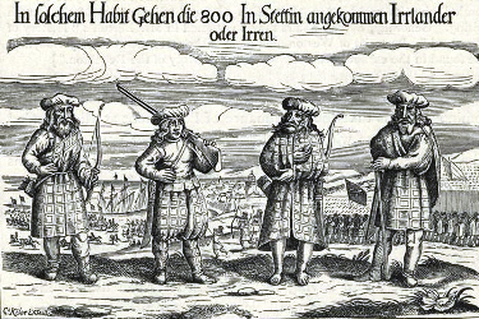
SCOTTISH CLAN TARTANS
IT’S ALL POLITICS
Like everything, it’s all politics. Clan tartans as we know them today are thought not to have existed in Scotland before 16th century. In 1703, Martin Martin wrote A Description of the Western Islands of Scotland, in which he noted the tartans could be used to distinguish inhabitants of different regions.
That was the beginning of a more formal recognition of a clan association with a particular tartan.
At that time, tartan designs were produced by local weavers for local tastes using the dye materials of the local area. The patterns and colors were the choice of the weaver and people picked and wore those based on personal preference.
▼ Black Watch Plaid

David Morier's An incident in the rebellion of 1745.
Below is the Logan Plaid, my heritage on my mother's side of the family. Older version to the right, new plaid to the left.
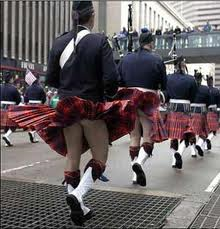
Sources
https://www.smithsonianmag.com/smart-news/brief-history-plaid-180957342/
https://en.wikipedia.org/wiki/Tartan
https://psmag.com/social-justice/that-plaid-tho
https://startupfashion.com/fashion-archives-history-plaid/
http://www.kinnaird.net/tartan.htm
http://www.scotclans.com/scottish-clans/tartan-pattern-book/
https://en.wikipedia.org/wiki/Plaid
http://www.ancient-wisdom.com/chinacherchen.htm
https://en.oxforddictionaries.com/definition/plaid
https://www.grammarphobia.com/blog/2015/10/plaid-tartan.html

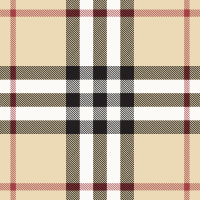
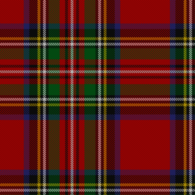
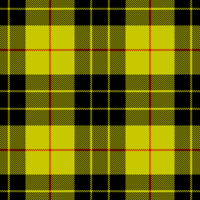
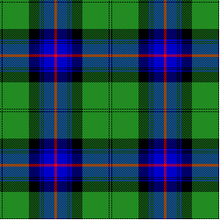
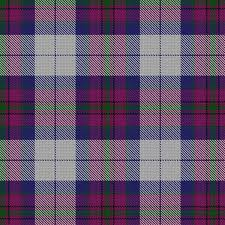
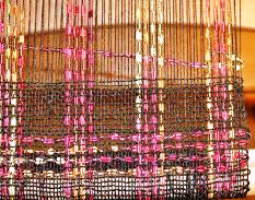

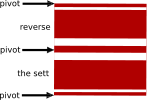
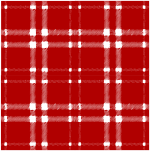

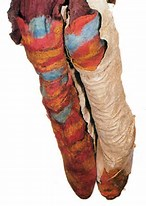
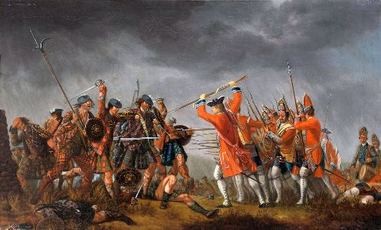
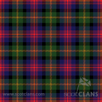
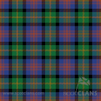
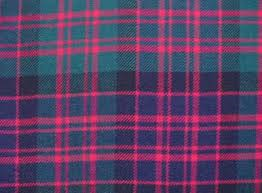
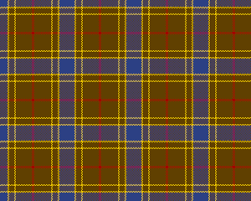
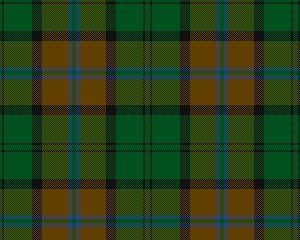
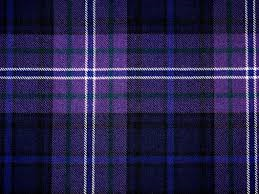
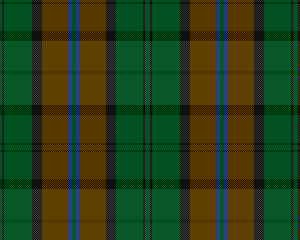
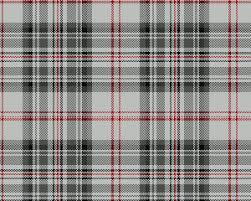
 RSS Feed
RSS Feed